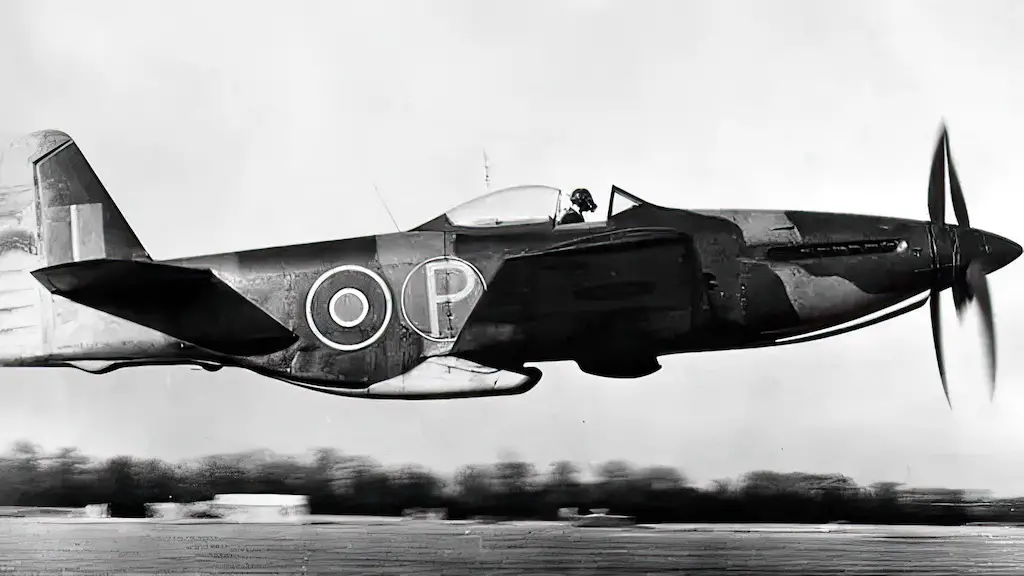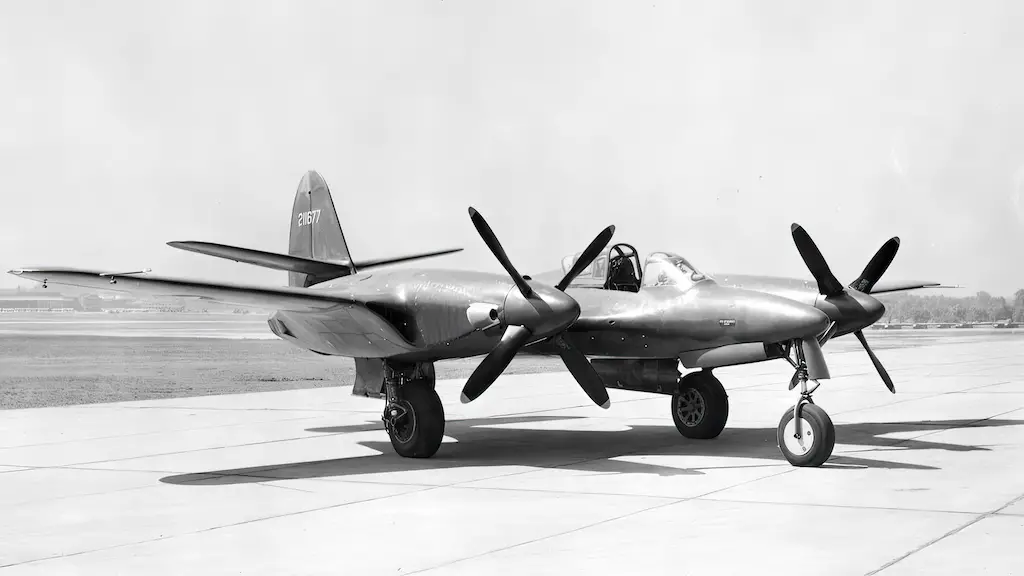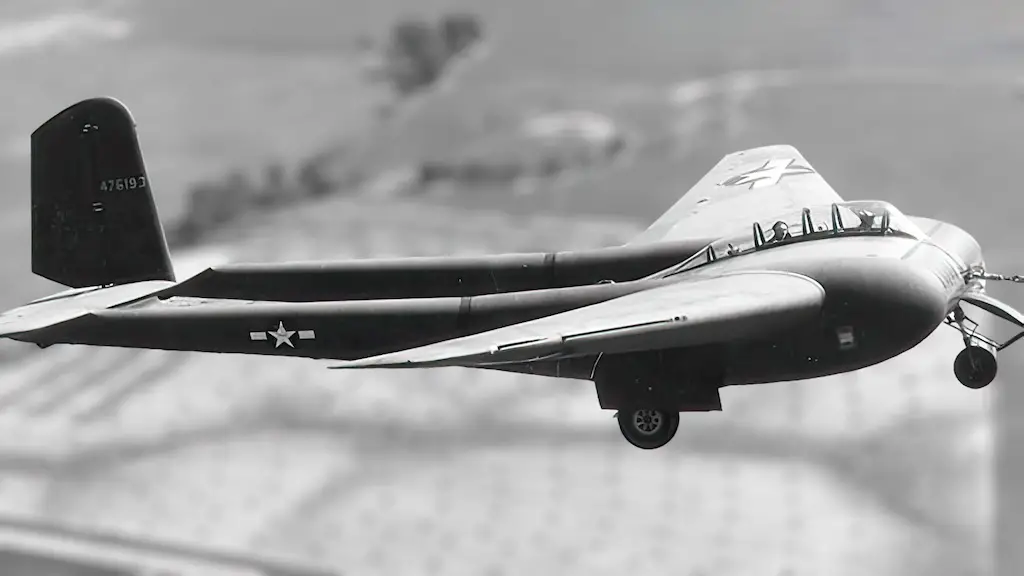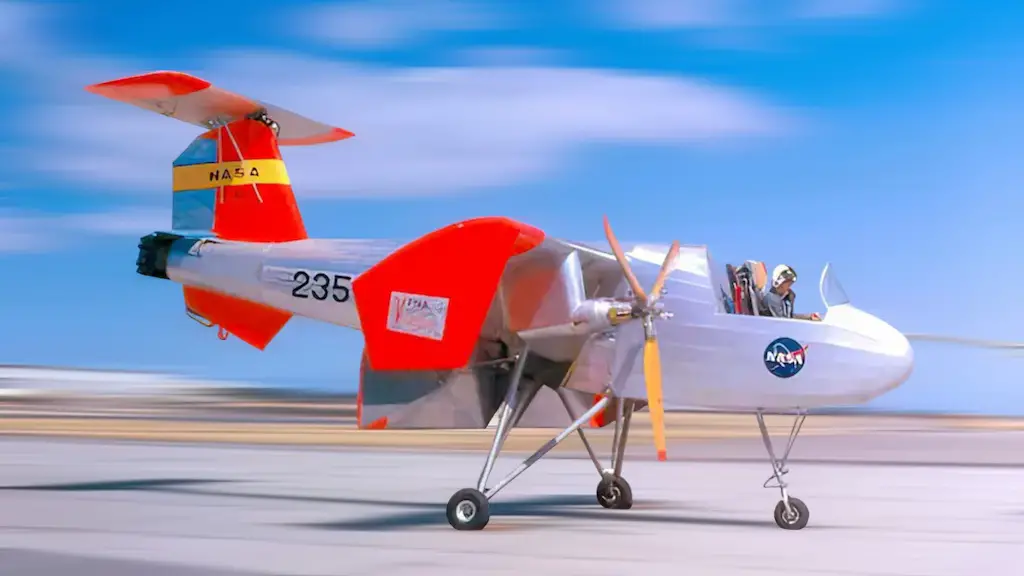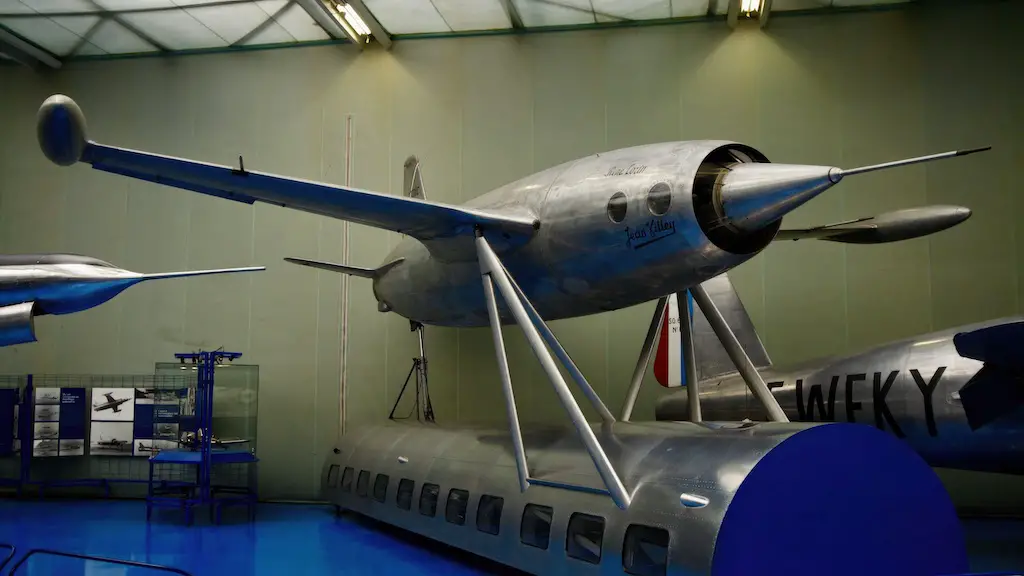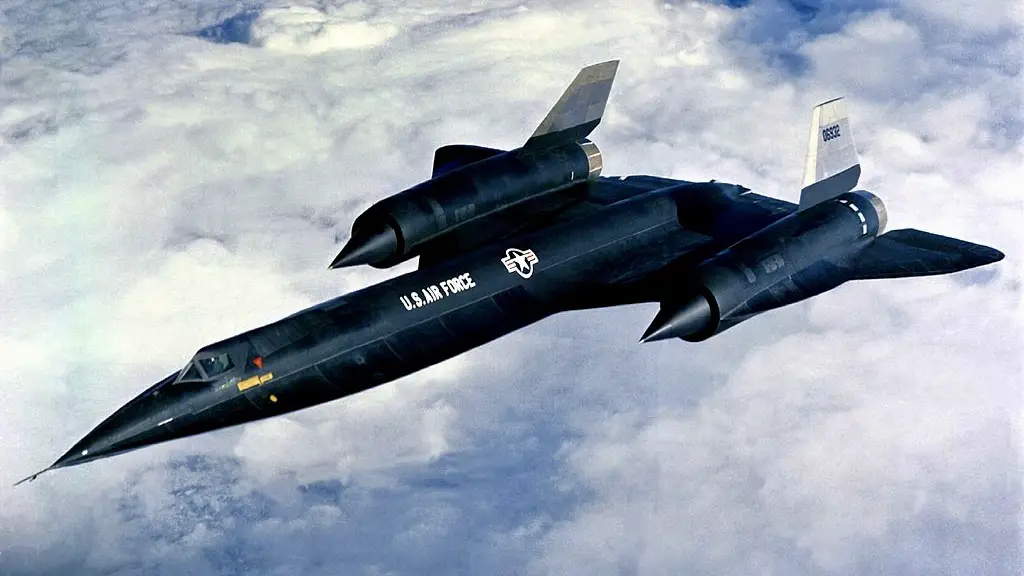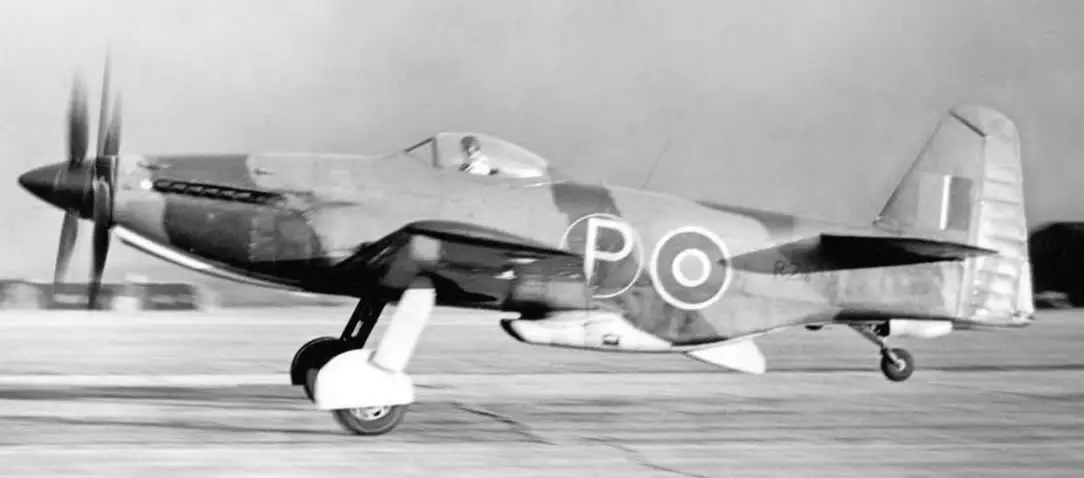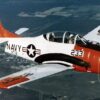The Origin of the MB 5
It all started in the throes of World War II. In 1942, the British firm Martin-Baker, renowned for manufacturing ejection seats, turned its sights towards designing a fighter aircraft. The goal was audacious: to create an airplane that outclassed anything in the sky. By 1944, they’d unveiled their creation, the MB 5.
The MB 5 was a sight to behold. It boasted an air-cooled, 2,200 horsepower Rolls-Royce Griffon 83 engine and a 5-blade Rotol propeller. Sleek yet powerful, it was both aesthetically appealing and technologically advanced, embodying the epitome of 1940s aircraft design.
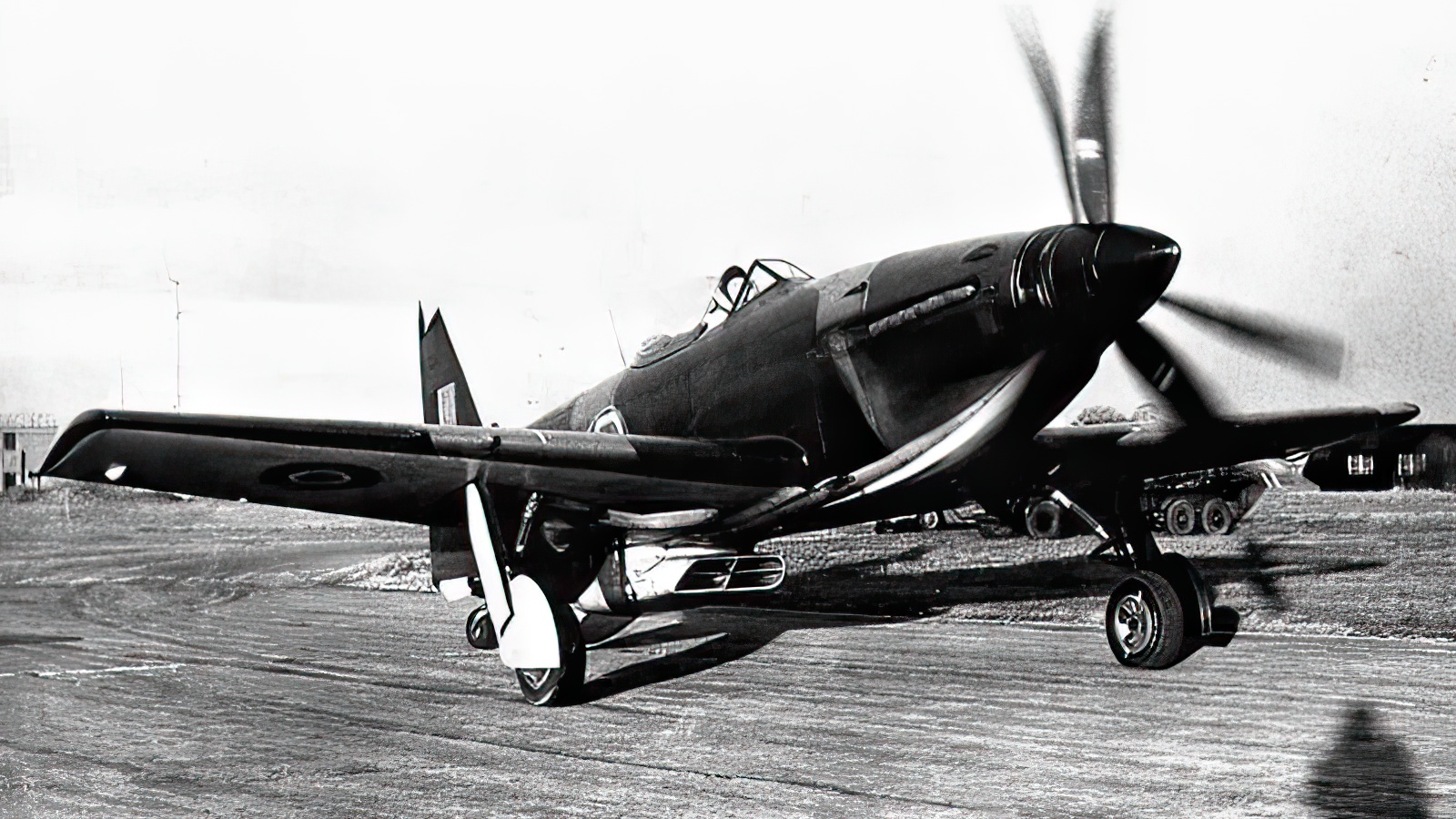
The MB 5 Takes to the Skies
With high anticipation, the MB 5 undertook its maiden flight in May 1944. On that fateful day, test pilot Bryan Greensted flew the aircraft at Harwell, Oxfordshire. From the moment it took off, the MB 5 defied expectations. It flaunted exceptional flight characteristics: speed, agility, and stability. So much so that Greensted hailed it as “the best aircraft I have ever flown.”
Flight after flight, the MB 5 continued to impress. It hit top speeds of over 460 miles per hour. It maneuvered with an agility that put competitors to shame. It provided pilots with exceptional visibility and comfort, unheard of in the era’s aircraft. Despite its heavyweight, it showcased a docile nature, easy to handle even for less experienced pilots.
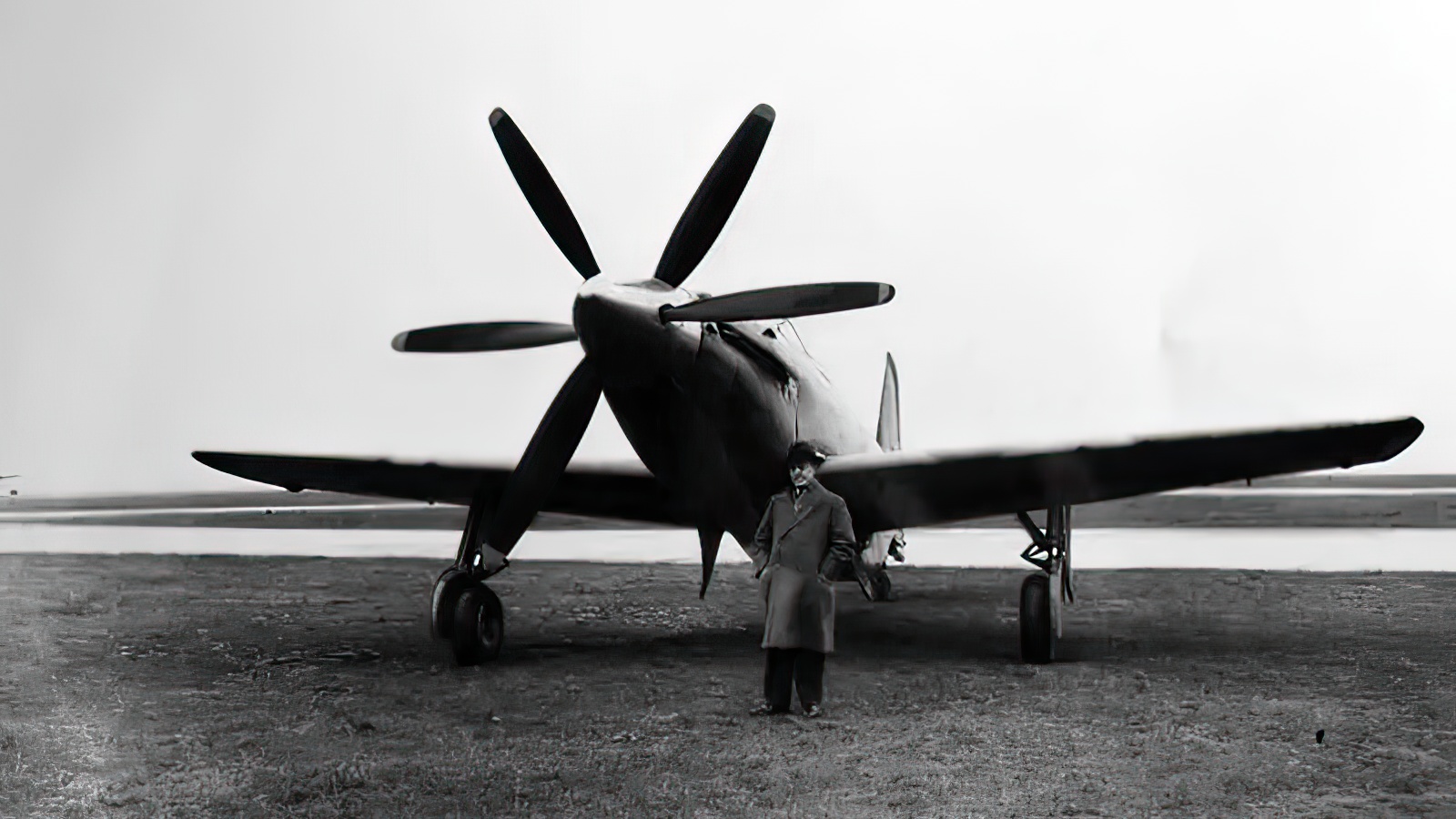
Soaring Success
The excellence of the MB 5 lay in its superior design. It was robust, well-built, and engineered for easy maintenance. Martin-Baker made the access to key components seamless. It was as if the plane’s design welcomed engineers into its intricacies. Mechanics could service the engine, guns, or radio equipment without hassle, a feature that potentially saved precious time in a war situation.
Moreover, the MB 5 boasted exceptional flight characteristics. The Griffon engine endowed it with unrivaled power. Paired with the plane’s sleek design, the MB 5 provided an exhilarating flight experience. It combined raw power, maneuverability, and stability, creating a blend that pilots found irresistible.
The Uncertain Sense
For all its stellar attributes, the MB 5 never transitioned from prototype to production. But why?
One reason is timing. The MB 5 came onto the scene towards the end of World War II. At that time, jet propulsion was the focus, overshadowing the piston-engine aircraft. Consequently, the MB 5, despite its prowess, found itself caught in the shift towards jet-powered fighters.
Moreover, production feasibility played a role. The MB 5 was complex and resource-intensive to build. In a post-war climate where resources were scarce, mass-producing the MB 5 was a difficult sell.
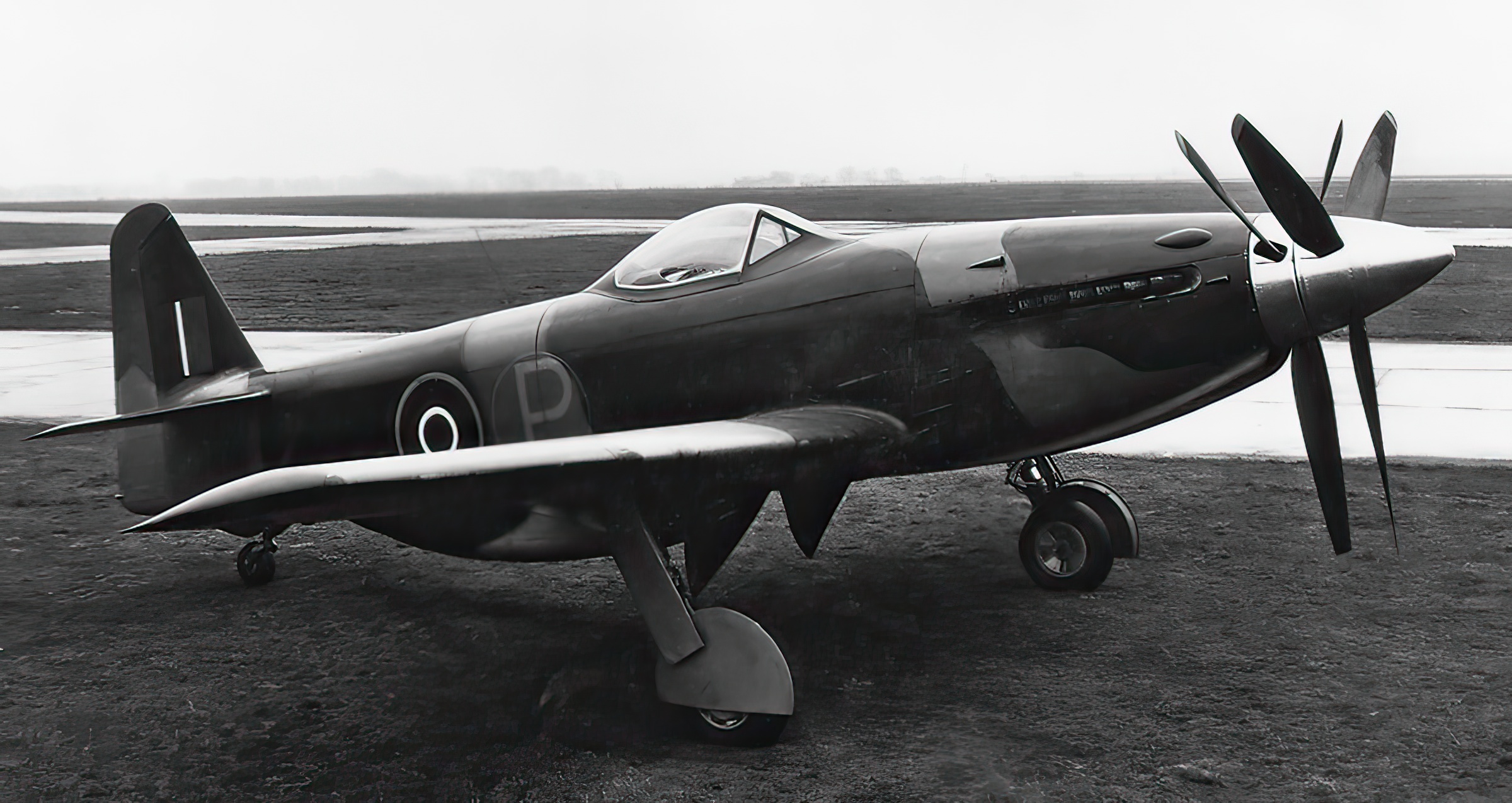
A Legend That Never Was
The Martin-Baker MB 5 was a masterpiece of aviation design. It combined power, agility, and stability in a way few other aircraft of its time could. It was well-received by pilots and engineers alike. Yet, despite its technical brilliance and superior flight characteristics, it fell victim to the march of progress.
The story of the MB 5 serves as a reminder of the harsh realities of technological development. It demonstrates that even the most advanced and impressive designs can find themselves eclipsed by the relentless progress of technology. The MB 5, therefore, stands as a testament to a bygone era of piston-engine fighters – a marvel of its time, albeit one that came a little too late.

